Deworming Calves: Why Timing Matters for a Healthy Start
When it comes to raising healthy calves, one often overlooked but crucial step is early deworming. Internal parasites like worms…
No products in the cart.
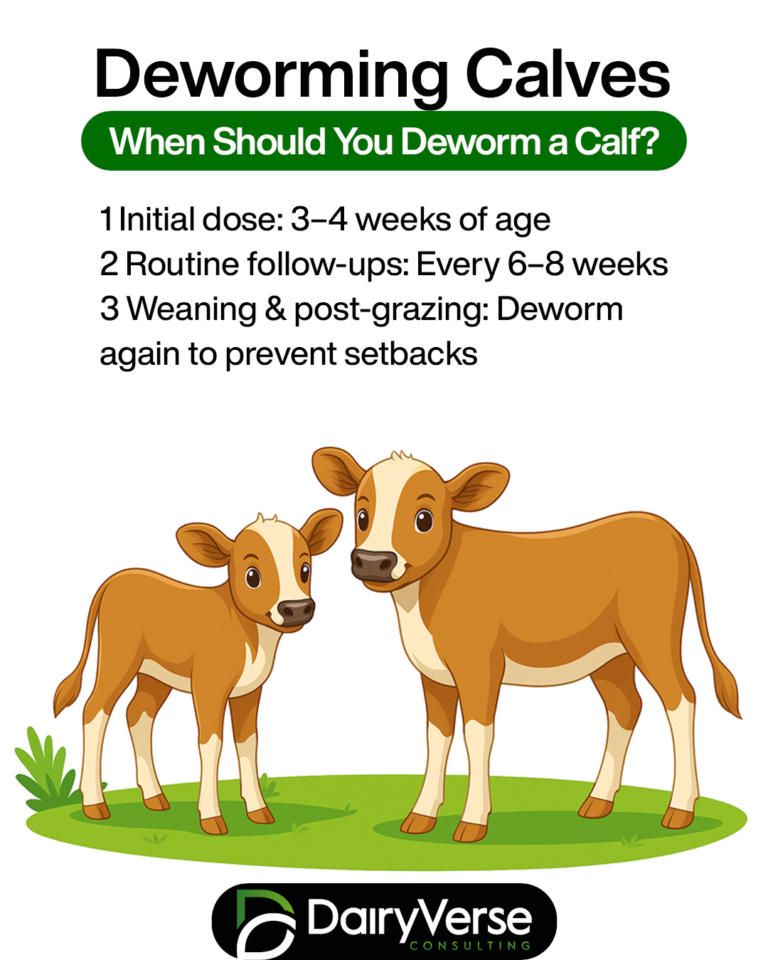
When it comes to raising healthy calves, one often overlooked but crucial step is early deworming. Internal parasites like worms…
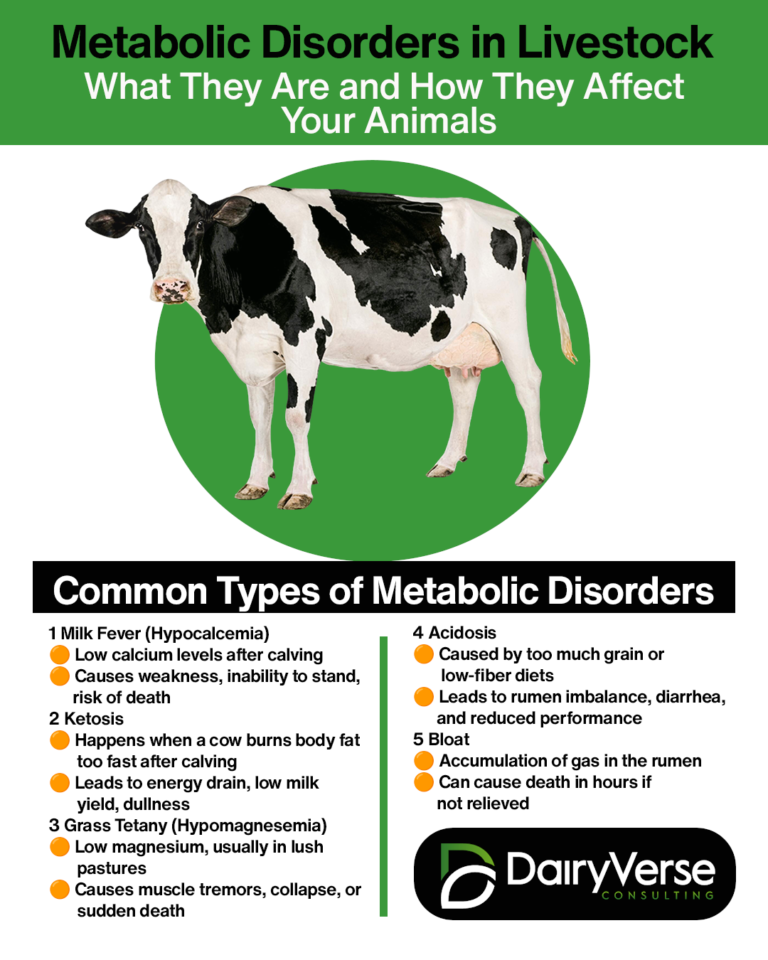
Metabolic disorders are some of the most silent yet damaging issues in livestock. They don’t always start with fever or visible wounds. Instead, they begin inside the animal’s body, affecting how nutrients are absorbed, processed, and used for production, growth, and reproduction.
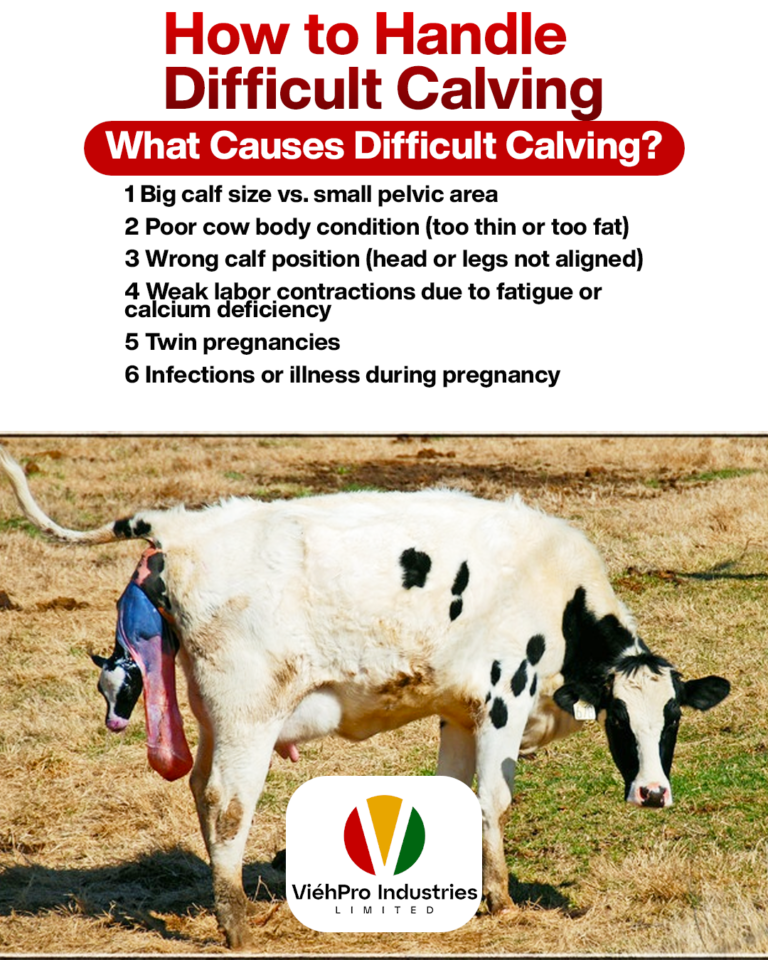
Steaming up refers to the natural process where, in the final weeks before calving, the cow’s udder enlarges as it begins milk production. It’s a key sign that the body is preparing for birth and lactation.
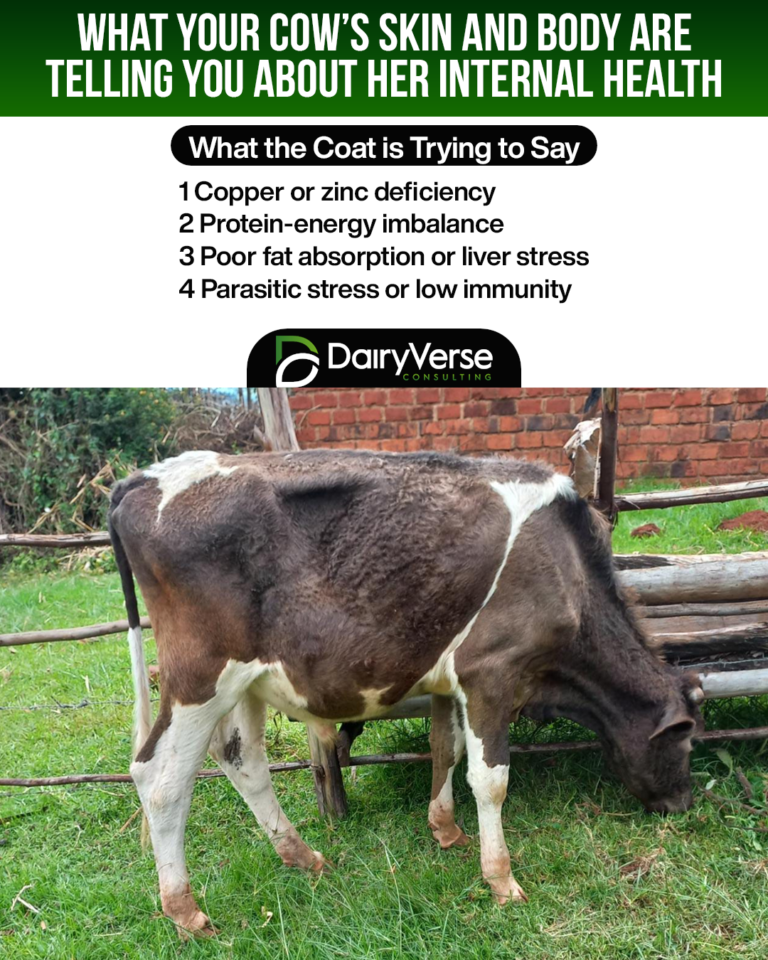
As livestock farmers, we often focus on what we can measure, milk litres, feed amounts, conception rates. But sometimes, the most accurate health indicators are right in front of us, quietly telling a deeper story.
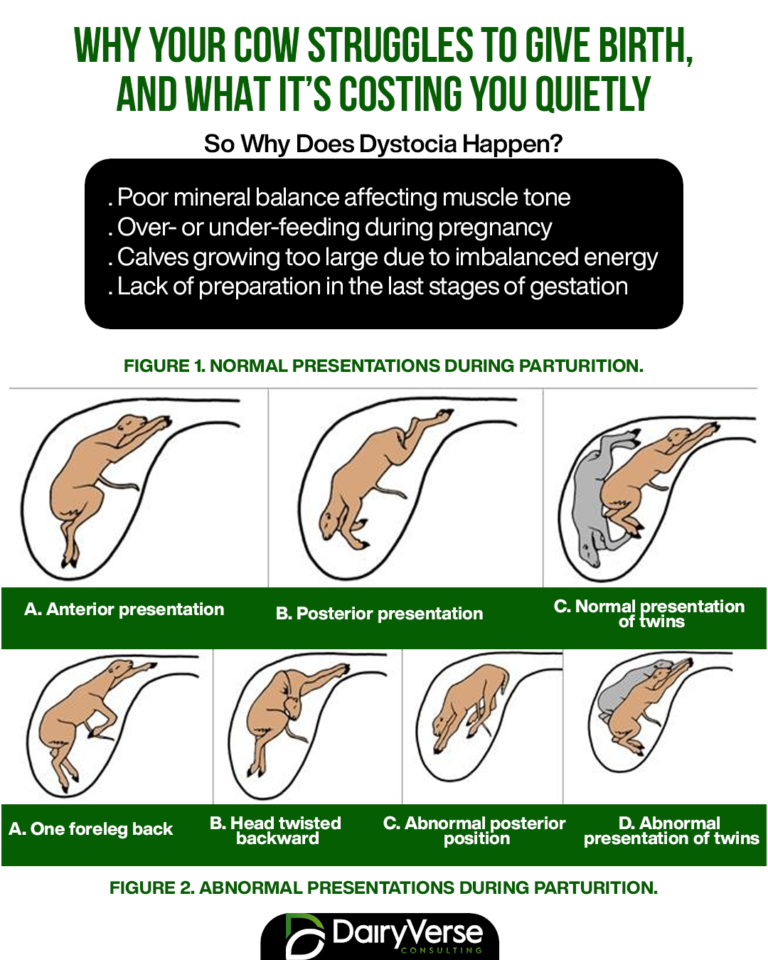
Dystocia refers to prolonged or difficult labor, where a cow is unable to deliver a calf without assistance. In some cases, veterinary intervention is required; in others, the cow or calf, or both, may not survive.

In many dairy farms across Africa, cows look healthy, well-fed, and even productive—but they’re not getting pregnant. Month after month, the farmer waits, hoping for signs of heat, only to realize too late that nothing is happening.
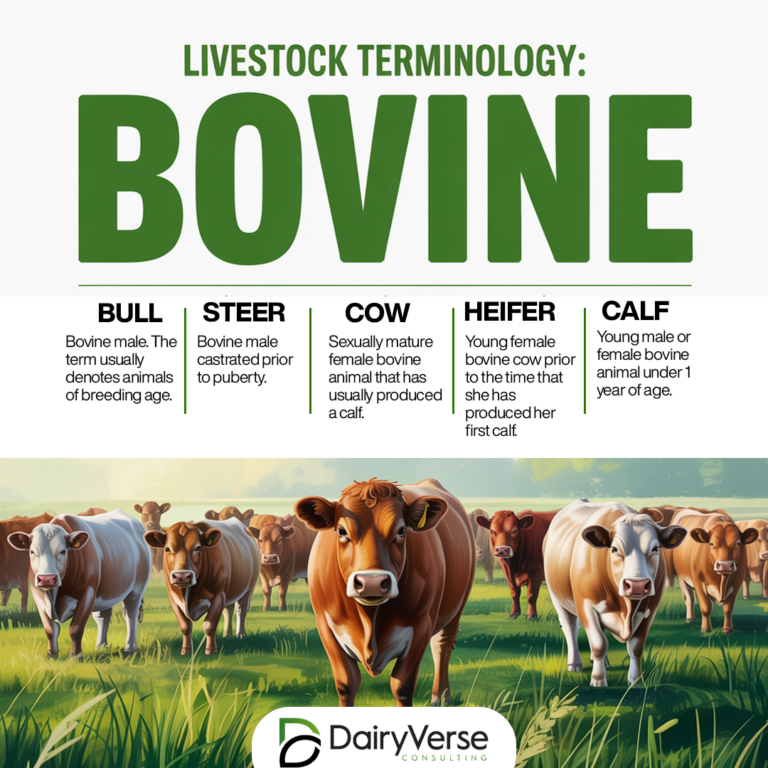
Understanding the terminology used in cattle farming is essential for effective communication, especially among livestock professionals, veterinarians, and agricultural learners.
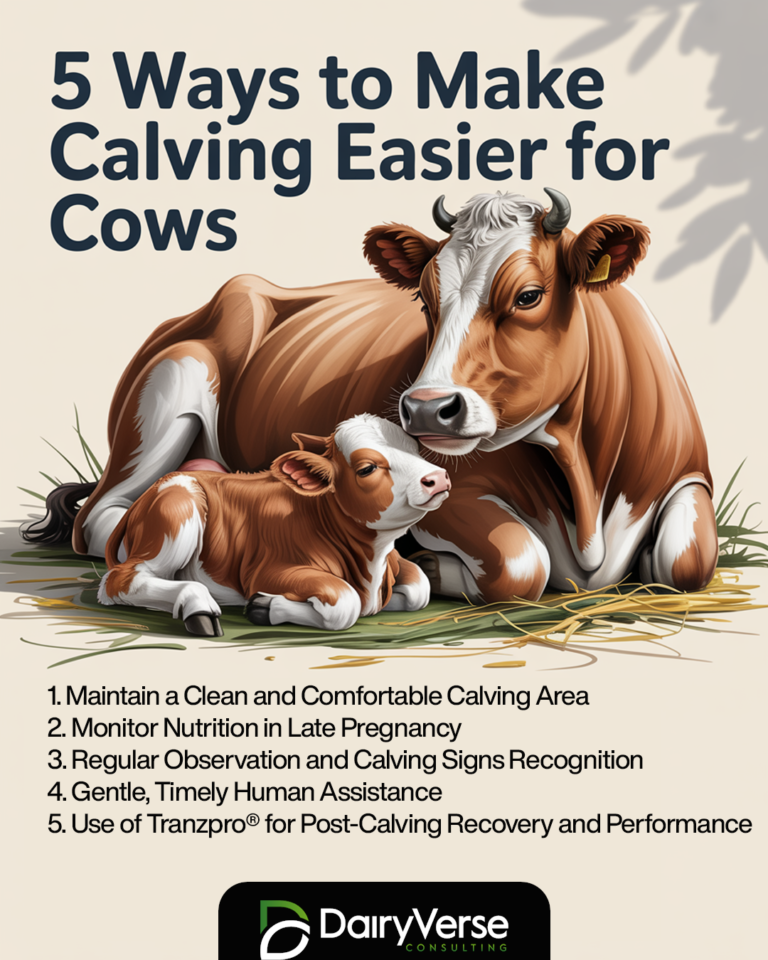
Ensure the cow is in a clean, dry, and quiet space with enough room to lie down and move. This reduces stress and prevents infections for both the cow and the calf.
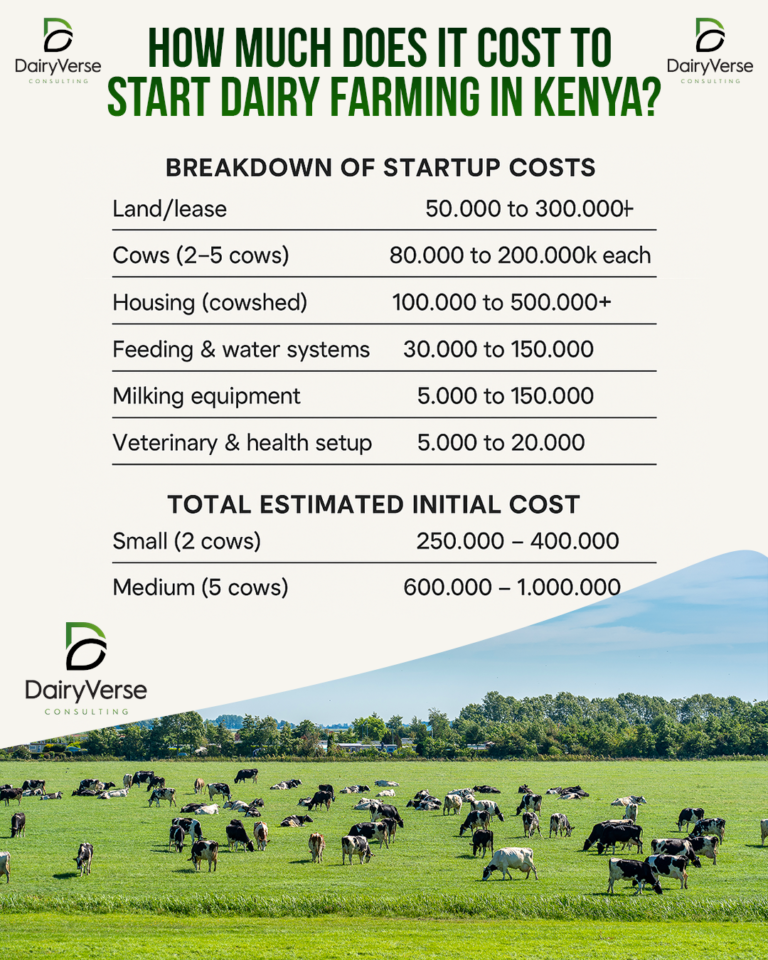
Starting a dairy farming venture in Kenya can be a profitable business, but like any agricultural investment, it requires careful planning and capital. The cost depends on factors such as scale, location, and the type of setup

Oats (Avena sativa), commonly referred to simply as oat, is a popular forage crop in dairy farming. Its versatility in being fed fresh, as hay, as silage, or even as grain makes it a valuable option for dairy farmers.